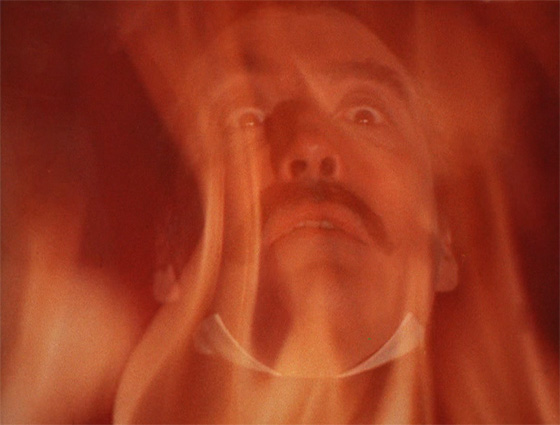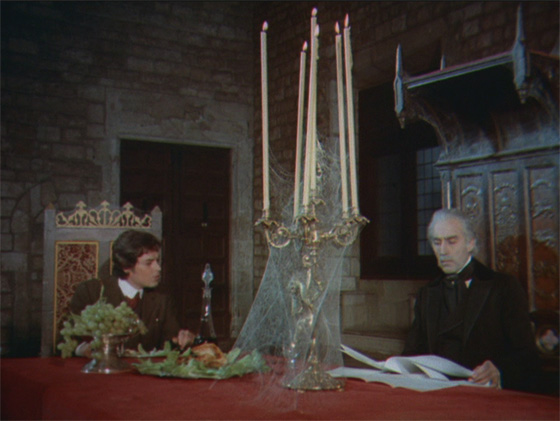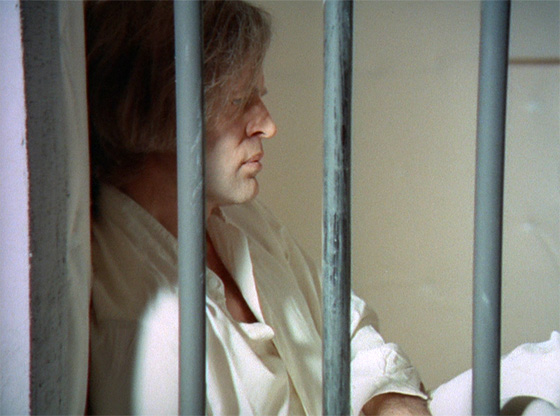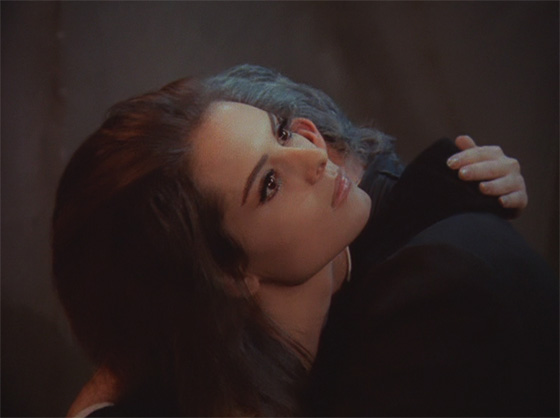
The most prolific of exploitation directors, Jesús “Jess” Franco has, to date, 192 titles listed under his name and multiple pseudonyms on the IMDB. The Spanish director’s films range from horror to women-in-prison movies to pornography. Among the cult film community, he is both adored and intensely loathed; but his output is too ubiquitous to ignore. I admit to being an admirer of what might be his best-known work, Vampyros Lesbos (1971), the most psychedelic entry in the early-70’s lesbian vampire genre, which Franco trippily filmed to the jazzy psych-rock of The Vampires’ Sound Incorporation. That memorable outing was a gender-bending take on Dracula, starring Franco’s muse, the beautiful Soledad Miranda, who died in a car accident in Portugal before the film’s release. But the dry run for Vampyros Lesbos was a much more straightforward adaptation of the source material: Count Dracula (1970), which featured Miranda as the vampirism-stricken Lucy Westenra. If that sounds like ideal casting, consider that the casting coup also extended to Herbert Lom (Mysterious Island and Hammer’s Phantom of the Opera) as Van Helsing, Klaus Kinski as the lunatic Renfield, and none other than Christopher Lee as the Count. It’s like fantasy football for horror geeks.

Jonathan Harker (Fred Williams) dines with Count Dracula (Christopher Lee).
Famously, Lee was disgruntled with Hammer by the late 60’s and early 70’s; the studio dragged him kicking and screaming into each new Dracula sequel, which departed further and further from Bram Stoker’s novel (the last two entries in the series proper took place in the 1970’s, to frequently embarrassing effect). His decision to head to Spain to play the character for his Bloody Judge (1970) director Jess Franco was therefore an act of protest. Franco promised a more faithful adaptation of the book, one which would follow Stoker’s structure, lean heavily on his dialogue, and use not just characters like Lucy, Mina, Renfield, and Dr. Seward, but also Quincy Morris, the (admittedly minor) gun-toting American so frequently left out of decades of Draculas. Further, Lee would get the chance to play a Dracula who begins the film as an old man, but loses his grays the more he feeds on blood. The Stoker enthusiast could not be happier. Alas, this would still be a Jess Franco film.

Klaus Kinski broods in his cell as Dracula's servant Renfield.
Franco employs his usual loose, almost improvisational cinematic style, his wobbling camera following his actors nervously and, with a tiring frequency, zooming in and out on their features as though doing so will enhance interest (it usually doesn’t). There is a moment when he accidentally zooms onto an actor’s chin, and the camera then centers itself awkwardly. It’s like watching Dark Shadows at times, with no retakes or edits possible. When Franco films Kinski – that infamously restless actor – hurling a bowl of slop at the wall, and smearing it carefully across the surface like an artist working at his canvas (clearly some Kinski improv), it’s hard not to notice the cameraman’s moving shadow, so poorly is the sequence blocked. Sadly, you’re left to wonder if it’s by accident that the occasional effective moment, or striking image, happens into the film: Kinski brooding at his window, dressed in white against a white cell, like something out of Ken Russell’s The Devils; the vampire women in Dracula’s castle lunging for an infant abandoned in a bundle of rags in a corner of the crypt; Miranda, looking like a Bruce Timm design, standing in her nightgown as the vampire nymphet ideal. Though you can’t go too awry when you’ve cast a Dracula this well, the dubbing knocks that down a notch or two, and when Lee gently kisses Miranda down her face before biting into her neck, you can’t help but feel that he’s simply recreating a famous scene in a better film – Hammer’s original 1958 version. Fidelity to source material is one thing. Cinema is far more vital when it’s cinematic. Ultimately, Franco’s dry, clumsy version of Stoker can’t hold a cobwebbed candle to what Terence Fisher could pull off. It would take a stylized and freewheeling departure – Vampyros Lesbos – to make the most of Soledad Miranda’s seductive eyes, and find 20th century celluloid inspiration out of Stoker’s 19th century text.










